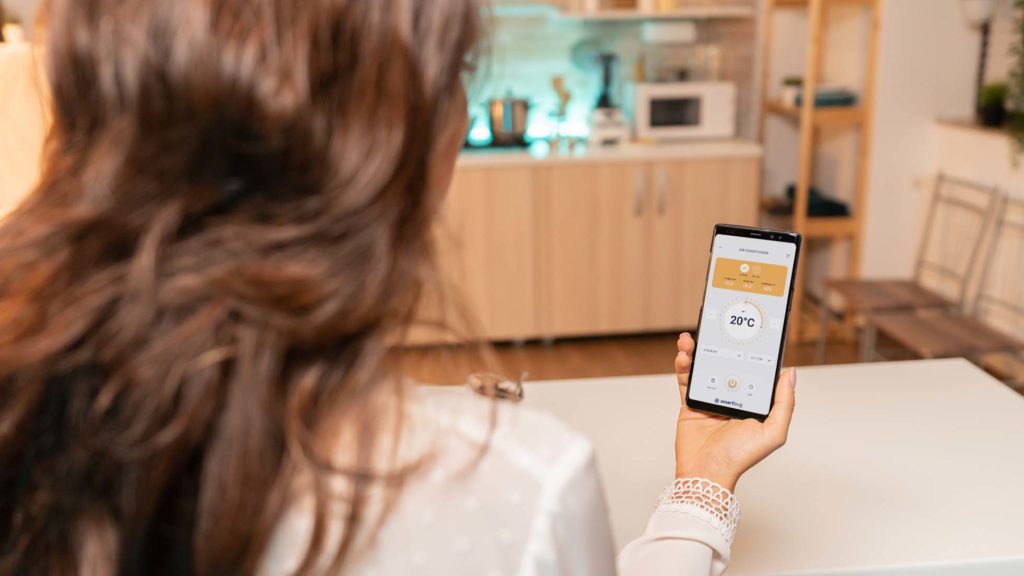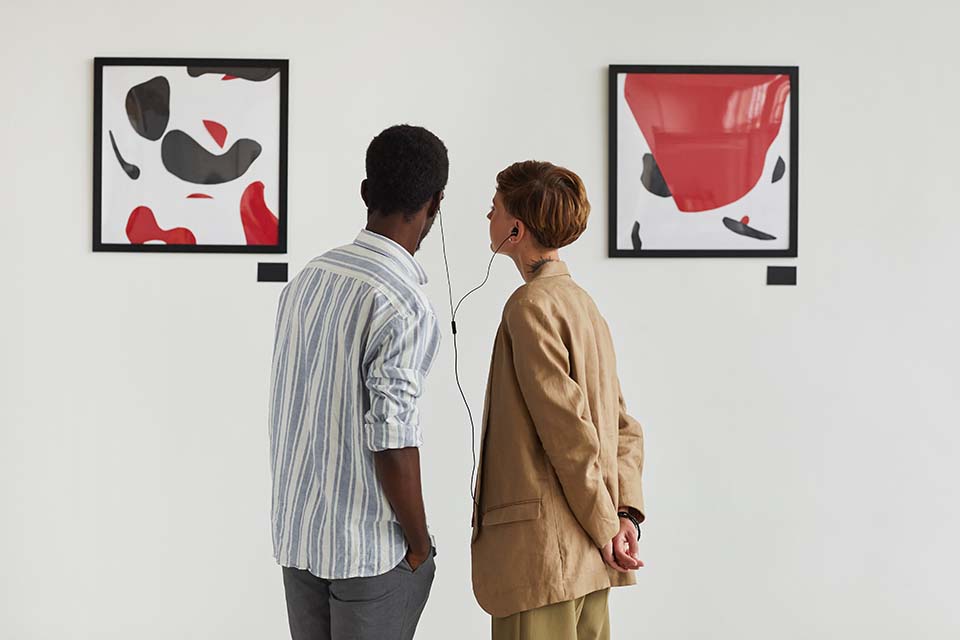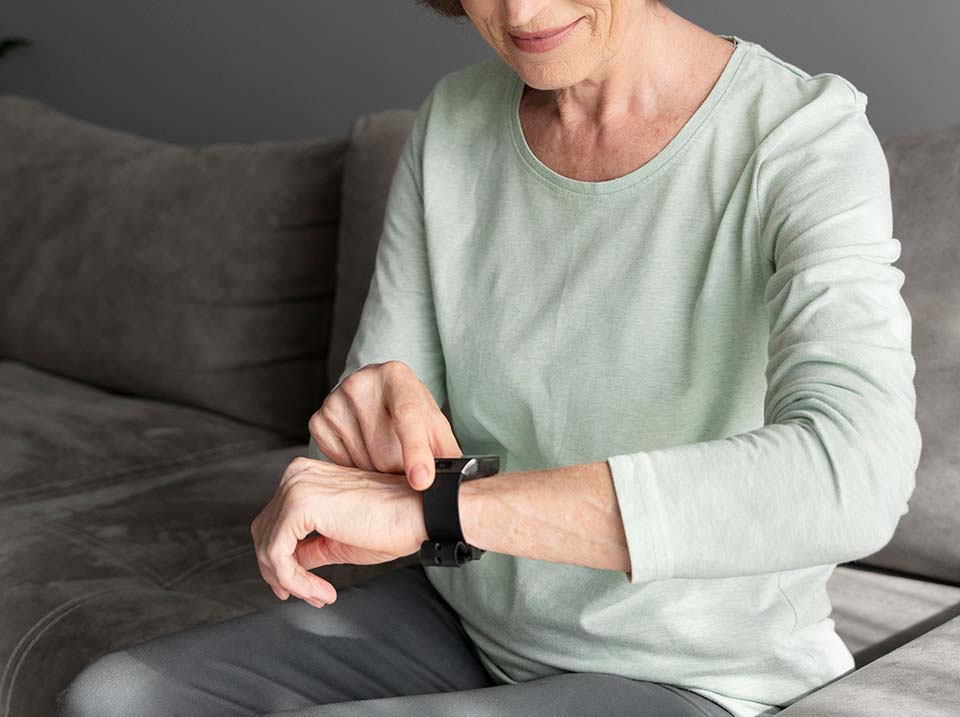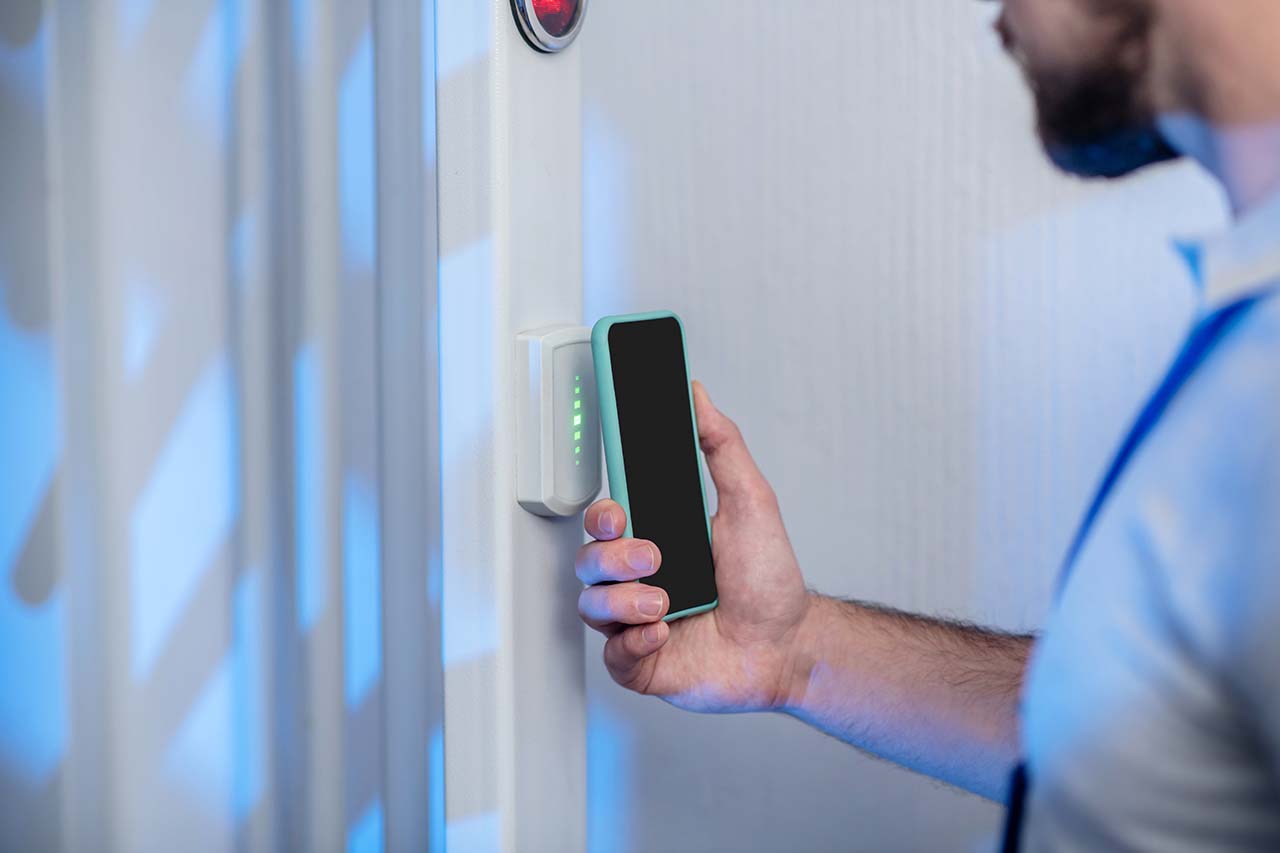Today we will talk about Building Automation Systems!
According to Techopedia (2018) a Building Automation System can be defined as “a technological solution that enables automating the bulk of electronic, electrical and technology-based tasks within a building”.
In other words, the idea of Building Automation Systems (BAS) is to allow the management of HVAC, lights, access control, energy management and other technological devices located in a structure.
The adoption of these new systems eases the automatic monitoring and control, reducing costs, increasing safety and decreasing energy consumption in a building (reference).
Today people are becoming more and more mindful about waste, both in economic and sustainable terms. Because of the continuous monitoring of the building’s power usage, BAS technologies revolutionize the ways in which individuals operate their electrical appliances, and enable possible adjustments in their own lifestyles.
The supervising monitors optimize a building’s performances, giving space to the building manager to make adjustments at his/her preferences and desires, but still having a positive impact on the environment, lowering environmental footprint, and consequently the power bill.

But how can Building Automation Systems deal with such tasks?
A Smart House comes with sensors. These are able to collect data received from the daily routines within a household. The information detected enables the BAS to make adjustments and smarter decisions.
The BAS systems work with Data Mining (DM) which is a powerful technology that is able to discover hidden knowledge in large data sets. DM doesn’t stop at controlling the building system alone. Thanks to this innovative technology and a dedicated dashboard, the building manager will be aware at all times of the power usage, if there’s any faulty device (or system) and can always run a diagnosis in an easier and faster way.
With access to the data sent from the sensors located in the building, the Advanced Systems can detect diagnostics and monitor the trends, uncovering issues and providing alerts in the case of a short circuit or when the energy hits the peak usage.
Scenario cases
Now, we are going to apply the Building Automation Systems to various scenarios in different structures.
Considering market research, the end-user has been divided into: residential buildings, commercial buildings, industrial buildings and public & governmental offices.
(Reference the previous blog) As you can read in the previous blog, home automation has been present in everybody’s home since the first wireless remote control.
Today innovation brought a total change in our everyday life.
It is now possible to supervise and control the systems, minimizing the power usage and ensuring comfort. security and wellbeing of the household, guaranteeing the integration with the electrical system of the building.
For example, innovation has come to the aid of the building managers when monitoring the power usage of the spaces shared by all the occupants (e.g., common areas).
Commercial buildings
malls (and protecting the environment from thieves and vandalism).
Malls regularly host a good number of people, because they serve as public locations where people can gather for shopping.
Since they are open to the public, they are also more exposed to individuals like thieves and vandals.
BAS technologies provide higher security services. These can protect the mall-goers from COVID-19 by collecting data on the interactions of the applications of the procedures against the pandemic.
Most malls in the US already developed a way to monitor people’s behavior within its enclosed spaces. For example they give discounts, thanks to a point collecting app, which at the same time localizes the phone within the building.
museums
Museums’ main duty and responsibility is to maintain and protect heritage. Keeping and preserving artworks from any damage.

Using modern solutions, museums will ease the control and coordination over the various devices and systems with which the structure works.
For instance, humidity is one of the biggest enemies for any piece of art. With the constant supervision of the sensors and the direct sharing of data via the BAS, it would be easier to detect the temperature of the environment. The technology will manage to modify the heat and avoid damages.
Bad lighting not only can affect the preservation of a work of an artistic production, but it can also distort the perception of the colors and the artist’s technique.
Using modern solutions, museums will ease the control and coordination over the various devices and systems with which the structure works.
For instance, humidity is one of the biggest enemies for any piece of art. With the constant supervision of the sensors and the direct sharing of data via the BAS, it would be easier to detect the temperature of the environment. The technology will manage to modify the heat and avoid damages.
Bad lighting not only can affect the preservation of a work of an artistic production, but it can also distort the perception of the colors and the artist’s technique.
Building Automation Systems are able to detect the natural light, and considering the time, weather and season it will calculate the right amount of lights that need to be on when the museum is eligible to visit.
Public & governmental offices
Hospitals
The structure which challenges the most the efficiency of the Building Automation Systems, especially during the COVID-19 times.
Patients’ satisfaction with the overall experience needs to be constantly improved.

Hospitals, as well as nursing homes, are regularly a revolving door of people and queues and waits make the experience even more endlessly stressful. A smart device can be the best solution when it comes to constant monitoring of the patients.
The smartband helps to monitor the patients not only by identifying the location of each patient within the hospital, it also improves the treatment by constantly keeping an eye on his/her vital parameters. Furthermore, it will be equipped with an emergency button which is able to forward notifications of accidental events and sudden illnesses.
Thanks to the emergency alerts, this device can be considered a real twist in the healthcare system.
The hospital’s upgrade with the adoption of the new technologies will not only allow the hospital staff to collect decades of medical records in real time, but it is going to ease the process of observation of the progress of the patient and provide information that would help the hospitals to operate more efficiently.
Furthermore, by installing the BLE beacon on the object, will enable the personnel and operators to track each device’s location and always know in which area or room it is located. An example could be the defibrillator, which in case of emergency could be found in a faster way.
AAL

SmartBug’ offers a solution for the healthcare community. The Ambient Assisted Living (AAL) approach – which is the subject of numerous initiatives also at European level – develops advanced technologies to support the independence of weak users, such as the elderly and people with disabilities, in their living environments. The development of effective solutions for their integration and interoperability allows the specialist use of SmartBug solutions that can involve assistive robotic systems, wearable systems, adaptive interfaces, up to the development of non-invasive sensor technologies, localization of objects (such as defibrillators) within the building.
During the Covid-19 pandemic, SmartBug’s smartband can be especially useful in the monitoring of the vitals of patients that are confined and in the management of the quarantine. Thanks to the beacon included in SmartBug’s smart wristband (e-fencing), the caregivers will rapidly and precisely locate the patient and know how they’re doing.
Using technology to speed up the healing of a patient will achieve a lower error rate in the healthcare environment.
